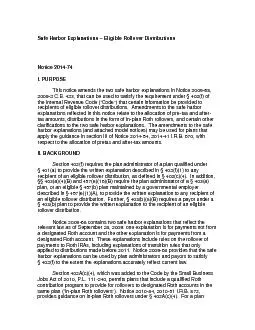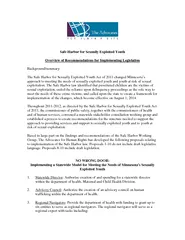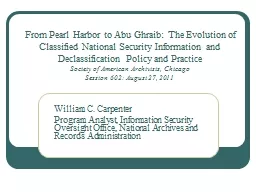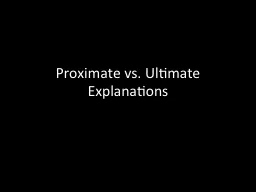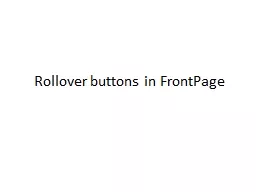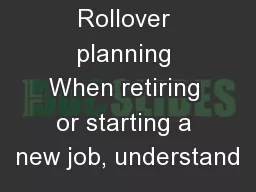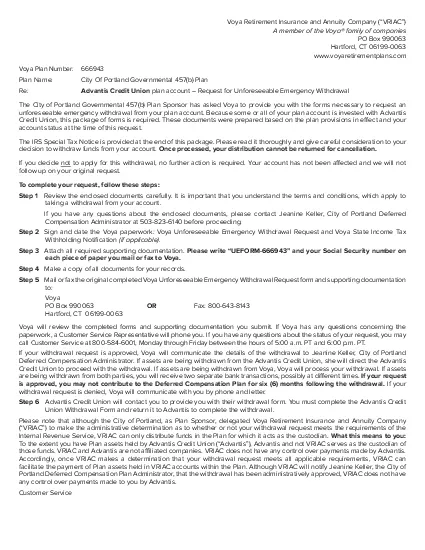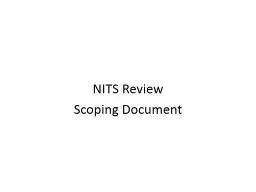PDF-Safe Harbor Explanations Eligible Rollover DistributionsNotice 2014I.
Author : faustina-dinatale | Published Date : 2017-02-26
2 xMCIxD 0 xMCIxD 0 offering inplan Roth rollovers QA5 of Notice 201084 provides an amendment to the safe harbor explanation for payments not from a designated Roth
Presentation Embed Code
Download Presentation
Download Presentation The PPT/PDF document "Safe Harbor Explanations Eligible Rollov..." is the property of its rightful owner. Permission is granted to download and print the materials on this website for personal, non-commercial use only, and to display it on your personal computer provided you do not modify the materials and that you retain all copyright notices contained in the materials. By downloading content from our website, you accept the terms of this agreement.
Safe Harbor Explanations Eligible Rollover DistributionsNotice 2014I.: Transcript
Download Rules Of Document
"Safe Harbor Explanations Eligible Rollover DistributionsNotice 2014I."The content belongs to its owner. You may download and print it for personal use, without modification, and keep all copyright notices. By downloading, you agree to these terms.
Related Documents

